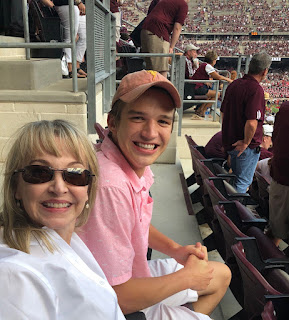An aircraft repair technician with Texas-based Applied Aerodynamics, Dawson Fuller works on repairs of military and commercial aircraft parts and is working for his A&P Mechanic certification, which will allow him to work on and repair the aircraft's exterior (airframe) and engine systems. Outside his work, Dawson Fuller enjoys golf, as well as fly fishing and bass fishing.
Largemouth basses have an instinctive feeding habit. Their two main goals are to eat and spawn, and they can't afford to miss out on any food. They will devour anything that looks like food, as long as it fits in their mouth.
Largemouth basses are carnivorous fishes that eat a wide range of food. Tiny baitfish, insects, small shrimps, and scuds are some of the foods younger bass eat. They start eating smaller fish (like bluegill), frogs, snakes, snails, shad, bats, and other small-sized creatures as they become bigger.
Bass can devour prey that is more than half their length, which is incredible. Adult bass in bigger lakes and reservoirs prefer to reside in deeper water than younger bass and consume tiny fish (such as yellow perch, shiners, shad, sunfish) as well as the younger members of larger fish species (such as trout, walleye, and catfish).


